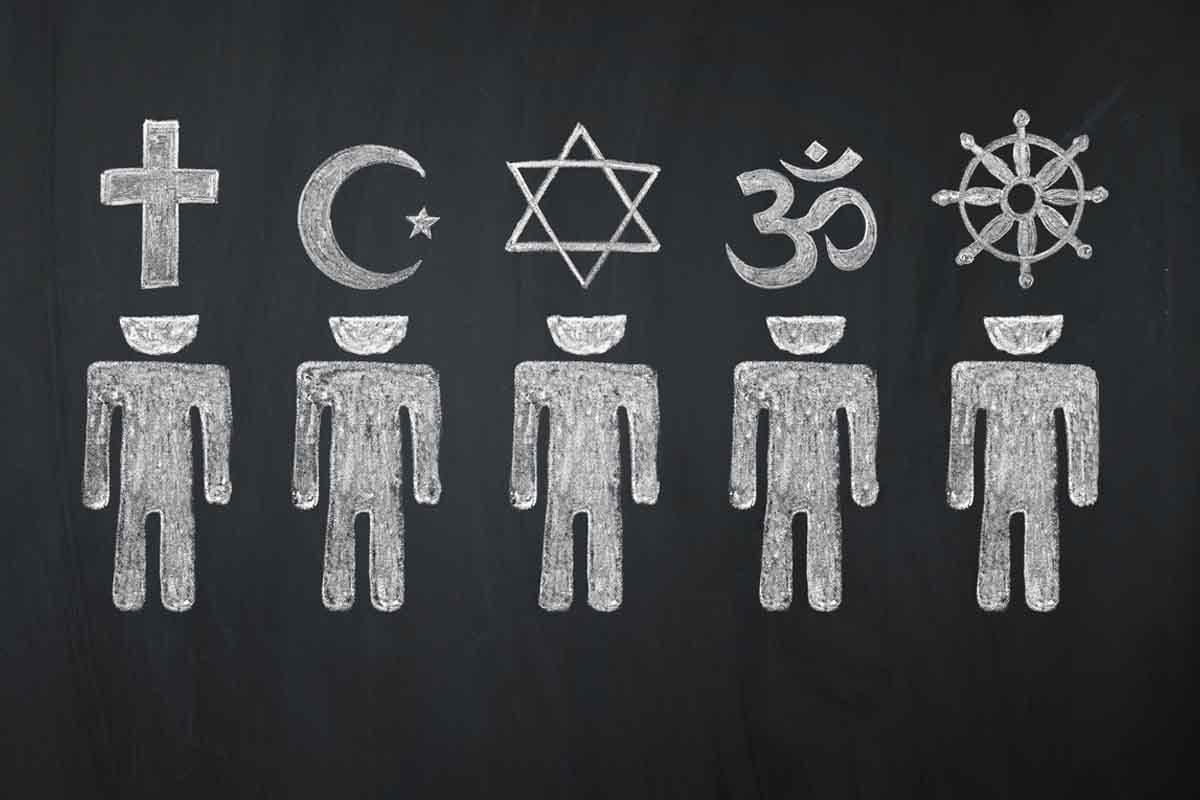In recent days many voices calling for sanity and caution against communal violence have been heard. Such voices are welcome, as there is urgent need for checking the drift towards inter-faith tensions and violence in some parts of the country. At the same time, it needs to be emphasised that establishment of communal harmony should be taken up on a continuing basis and not just as a fire-fighting operation at the time of escalating tensions.
This is precisely where our society and polity have failed. It has not been possible to maintain communal harmony on a large-scale at the grassroots levels in a sustained and continuing way. Systems and infrastructure for this have not been created. Most common people want to live in peace. This is one source of strength.
Advertisement
However, this does not mean that all is well. People of various faiths continue to harbour misgivings and suspicions about those of other faiths, which are more based on prejudice than reality. This lends to discord and unease. In ordinary times, due to the strong desire to live in peace, people of various faiths keep these misgivings under control and try not to make an issue of differences.
Hence peace based not on a firm base but on a somewhat uneasy compromise is maintained. However, in certain situations some narrow interests work actively to inflame these suspicions and misgivings. This can happen due to economic or political causes. One local factor may be that selective violence is used in such a way that certain traders, property-owners and entrepreneurs are displaced.
Another reason may be to polarize voters along communal lines or deepen the communal divide for longer-term political calculations. Another reason may be to divert public attention from other issues, for example from big failures or policies which are harmful or disliked by people. Whatever may be the reasons (or there may be a mix of reasons), when certain powerful interests try to instigate communal violence they often succeed.
One important factor in this process is that strong suspicions and misgivings already exist and in such a situation it is not difficult for certain forces to inflame communal passions. So, the more basic task is one of removing suspicions and misgivings that exist among various communities and to establish clearly that all communities can exist peacefully with each other, in conditions where they help rather than threaten the other.
Unfortunately, such a sustained campaign on a large-scale in a wellorganized way with the necessary infrastructure provided for continuity has not really taken place in India. What we have are several disjointed, small and sporadic efforts. All of these may have made valuable contributions in small ways, but this is not adequate. In fact, the efforts of those who try to spread disunity and discord among various communities have in probability been much more persistent and had more continuity.
Another aspect about which the much-needed campaign for communal harmony needs to consider is how to spread its message in a way it is accepted by more and more people. Quite often one has the feeling that what those who campaign for communal harmony are saying is correct but the way in which they are saying it is likely to alienate many people. So, this is another aspect regarding which thinking, discussion and change in process are needed.
The campaign for communal harmony should have a wider and more colorful appeal by laying claim to the rich culture which emerges from the unity in diversity of all faiths, the culture which looks up to Guru Nanak, Sant Kabir, Baba Farid and Garib Nawaz as its inspirer saints. This is not only a great and rich culture but in addition this will also be a blessing for the all-round ethical and moral base of society.
As inheritors of such a culture and participants in such a campaign of communal harmony, we will all learn together at the feet of Shahid Bhagat Singh, Mahatma Gandhi and Badshah Khan to create a better world based on peace, justice, equality, compassion and protection. This is a message not just for India but for all of South Asia. South Asia is one of the most important and vulnerable regions of the world in terms of its population as well as the extremely serious nature of its problems, now and even more so in the near future.
A message of inter-faith harmony and peace, imparted with understanding and continuity on a large-scale, will contribute much not just to peace in the sub-continent but also to its wider unity and preparedness to face the tough challenges ahead in terms of climate change and related problems.
(The writer is a freelance journalist. His latest books are – Protecting Earth for Children and Earth Without Borders)











